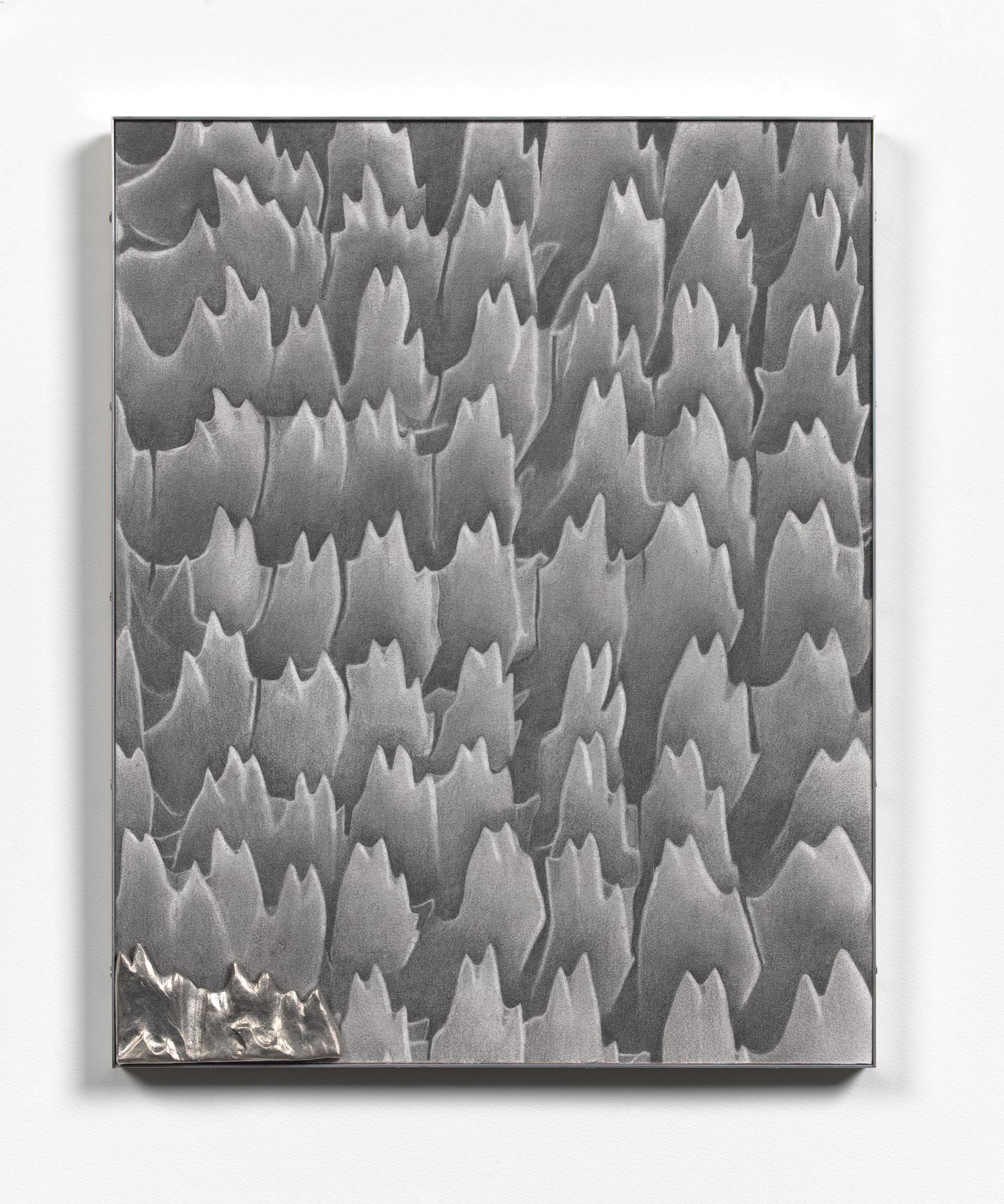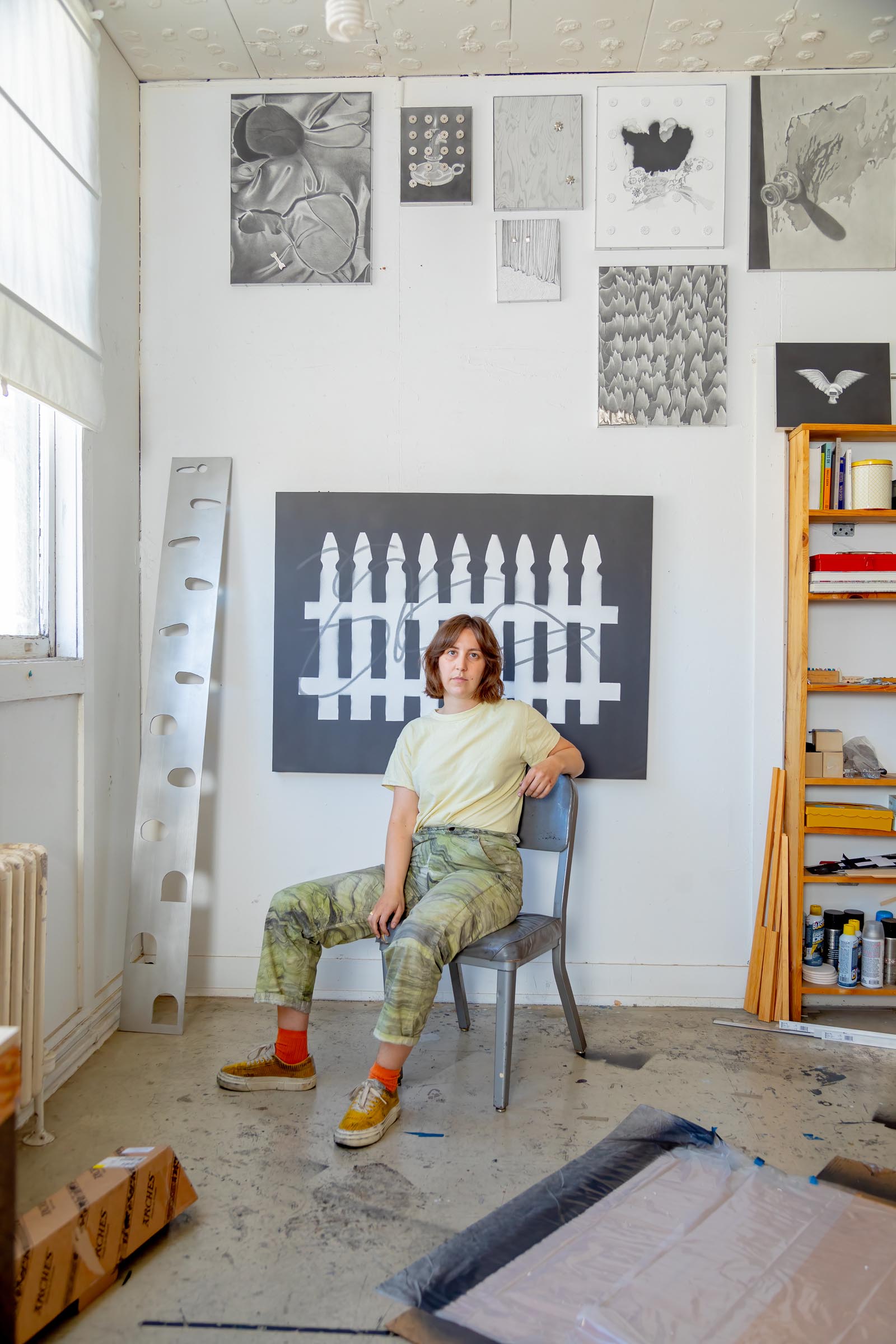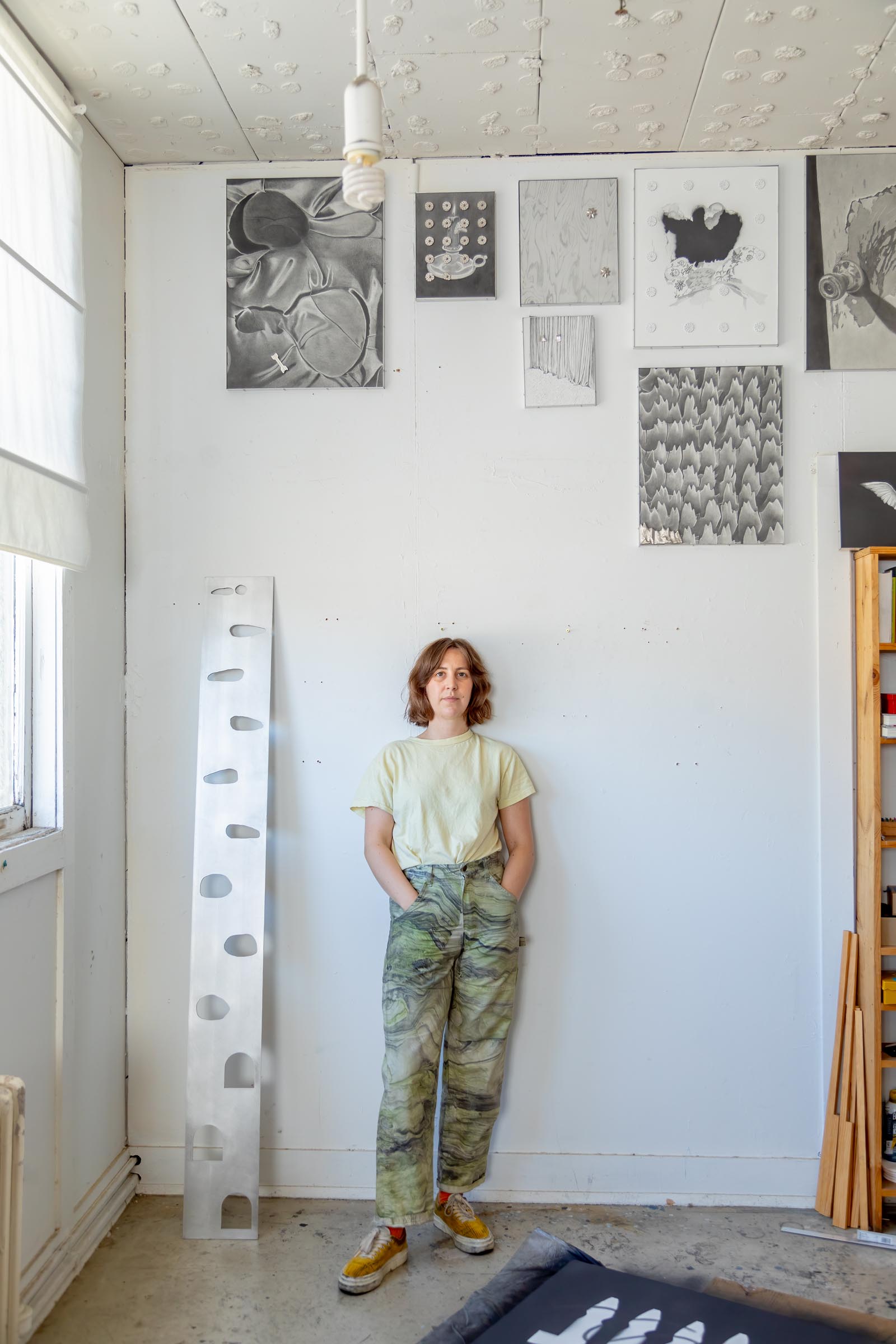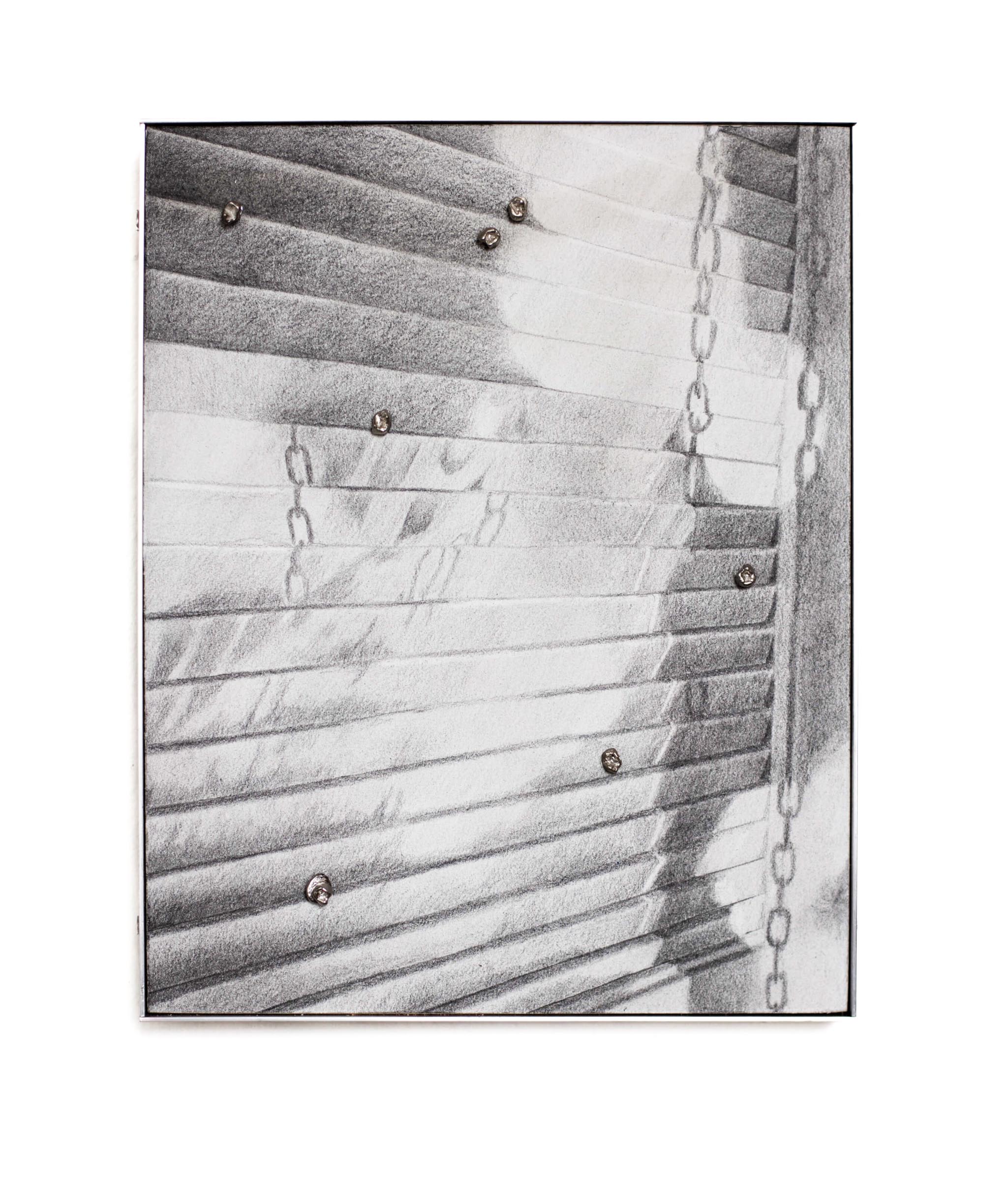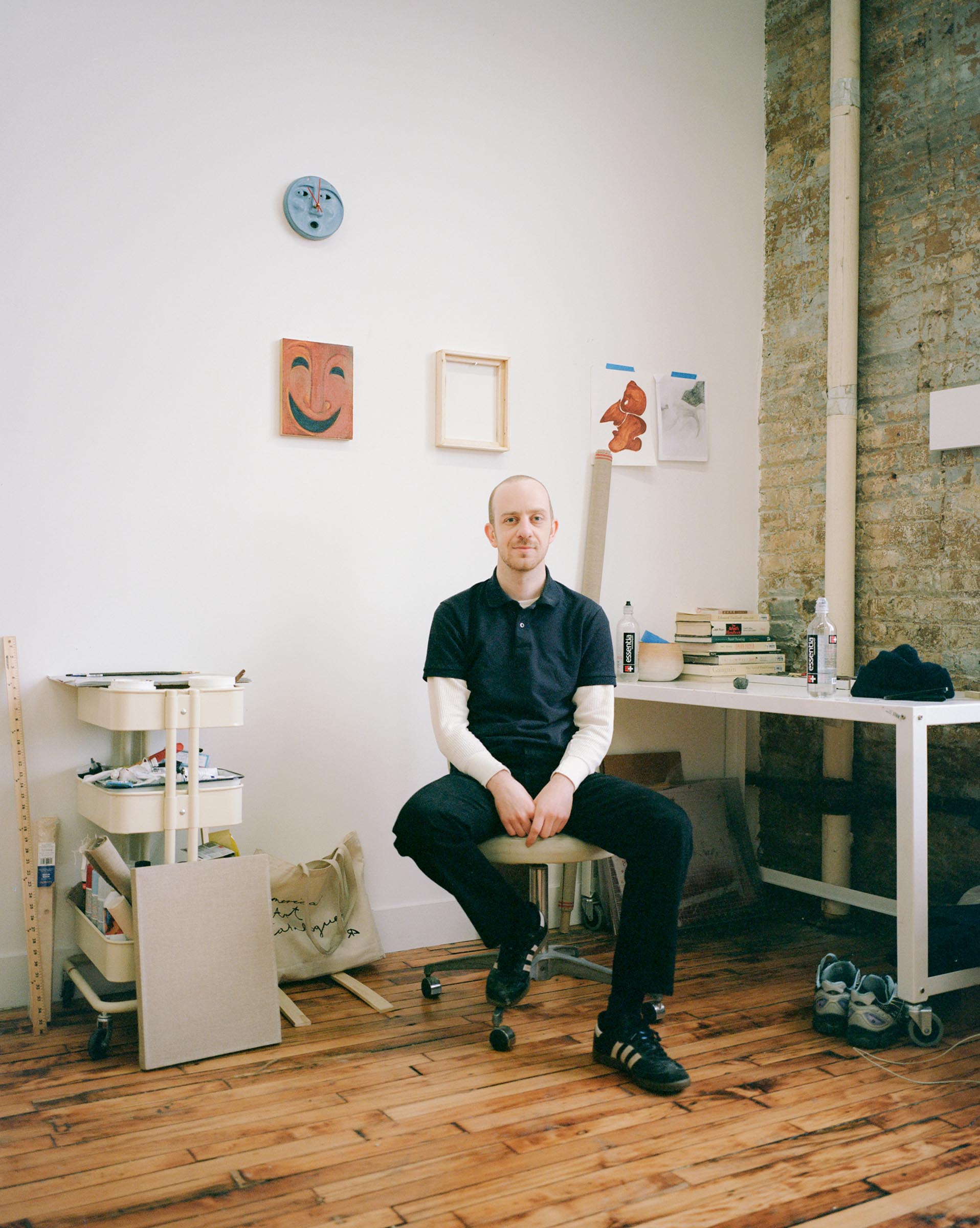How did you get into making art?
I think that I could give ten answers to this question that would all be true.
I have always been observant and sensitive—for better and worse, I don’t easily let go of things. If I see something in the world that confuses or excites me, it becomes a pebble in my shoe, and will likely show up somehow in my art later, however mediated through levels of distortion and translation. I process the world through making things. I have no choice, but I feel fortunate if I make something that takes on a deeper significance for other people, too.
I’m not sure that I can point to one singular moment, but I was lucky/cursed enough to grow up in an environment where aesthetics, materials, and fabrication were highly considered. My parents both had careers in design (my mom a landscape architect, and my dad an architect and painter). Through making model airplanes out of popsicle sticks and halloween costumes out of cardboard boxes, my dad opened me up to the potential of material alchemy—you can create something entirely new by recontextualizing humble materials.
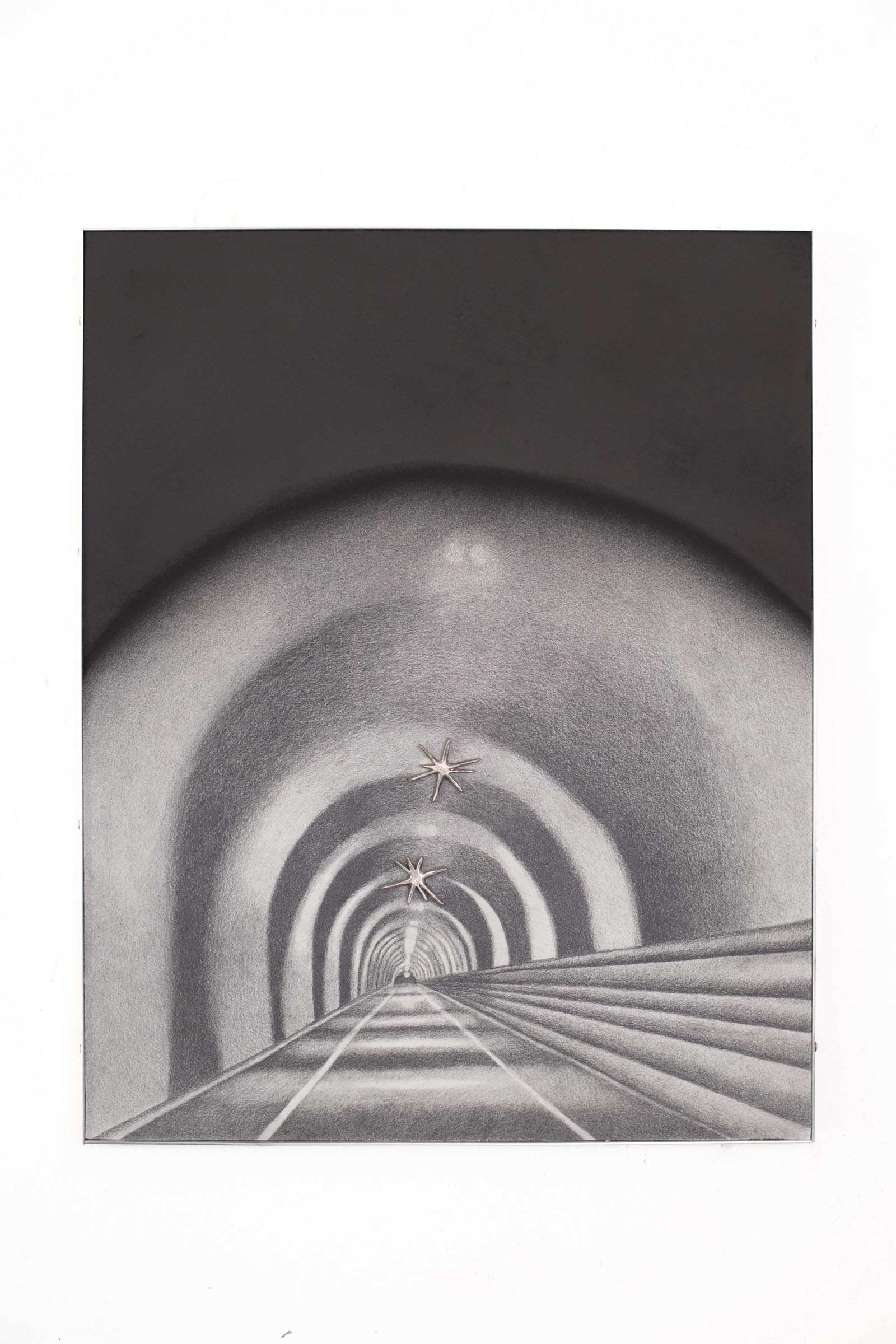
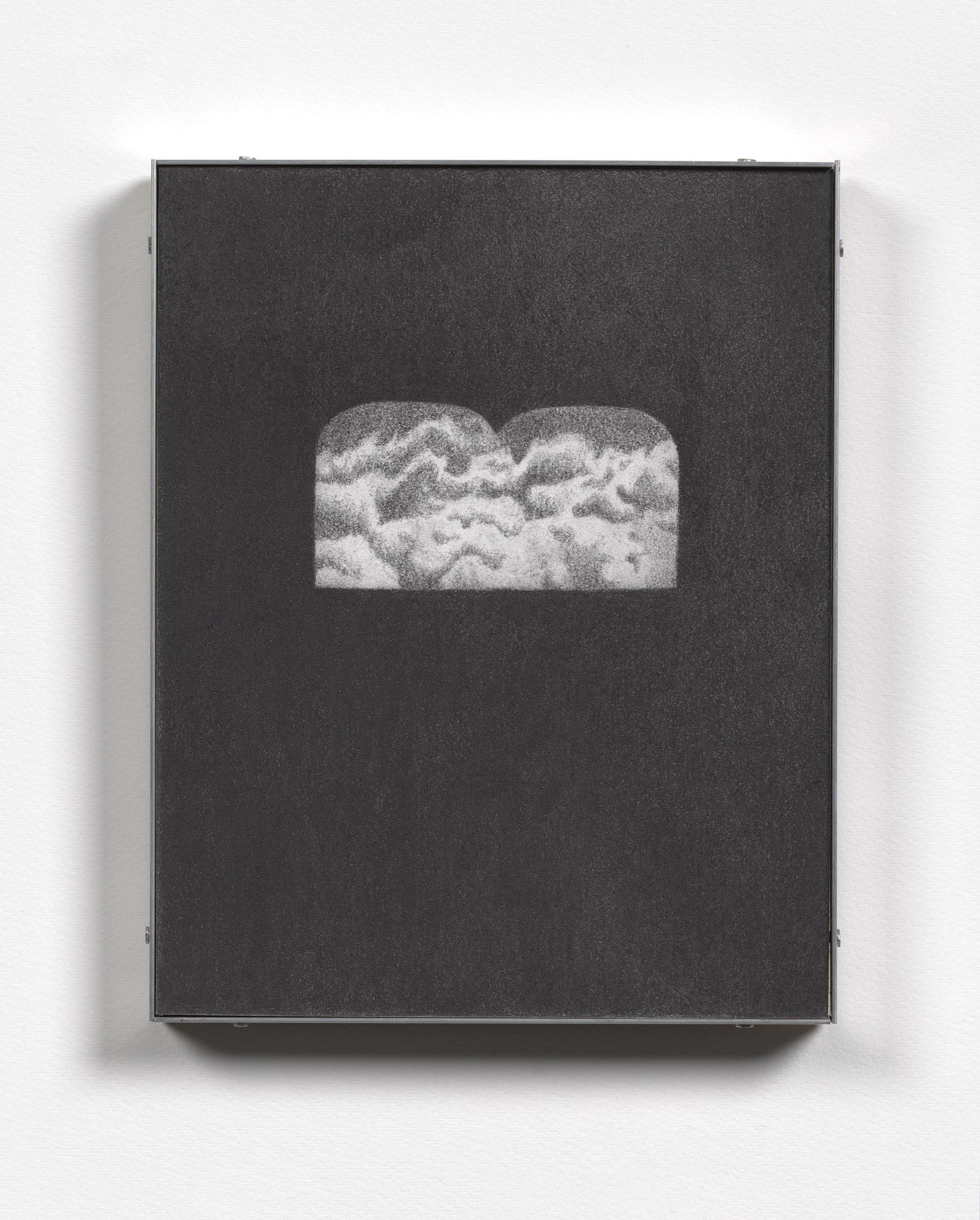
What are you currently working on?
I’m still working on more pieces in the series “ending fatigue” that will be exhibited as a solo show Spring 2024 at Bass & Reiner Gallery. I also have another upcoming solo show in January 2024 at Your Mood Gallery that I am just starting to develop my concept for (and it’s a bit too early to share).
I process the world through making things.
Bec Imrich

What inspired you to get started on this body of work?
The title of this series of work, “ending fatigue,” is borrowed from film studies and refers to the feeling of frustration and exhaustion that occurs when a movie appears to end several times or reaches a climax but then keeps going interminably. My work has always been concerned with how our personal anxieties, loneliness, collapse into larger entrenched systems of environmental precarity and internalized capitalism. I’m interested in eroding the binary between blind optimism and doomsday thinking that is cultivated in late capitalism, that affects both personal relationships and our relationship to the world.
On a micro level, I’m interested in how the body stores memories that we are unable to access, and the brain somehow only releases these fragments when we are ready to reckon with them or have the capacity to understand them. The images that I draw are side doors to processing buried memories, but they usually work in reverse—forging significance out of the quotidian as a way to process the world. The graphite drawings reference photographs I’ve taken subtly conflated with suppressed memories, dreams and observations from daily life, a visual lexicon of premonitions and allegories. Removed from their original context, the work vacillates between reading as hopeful or ominous depending on your state of mind.
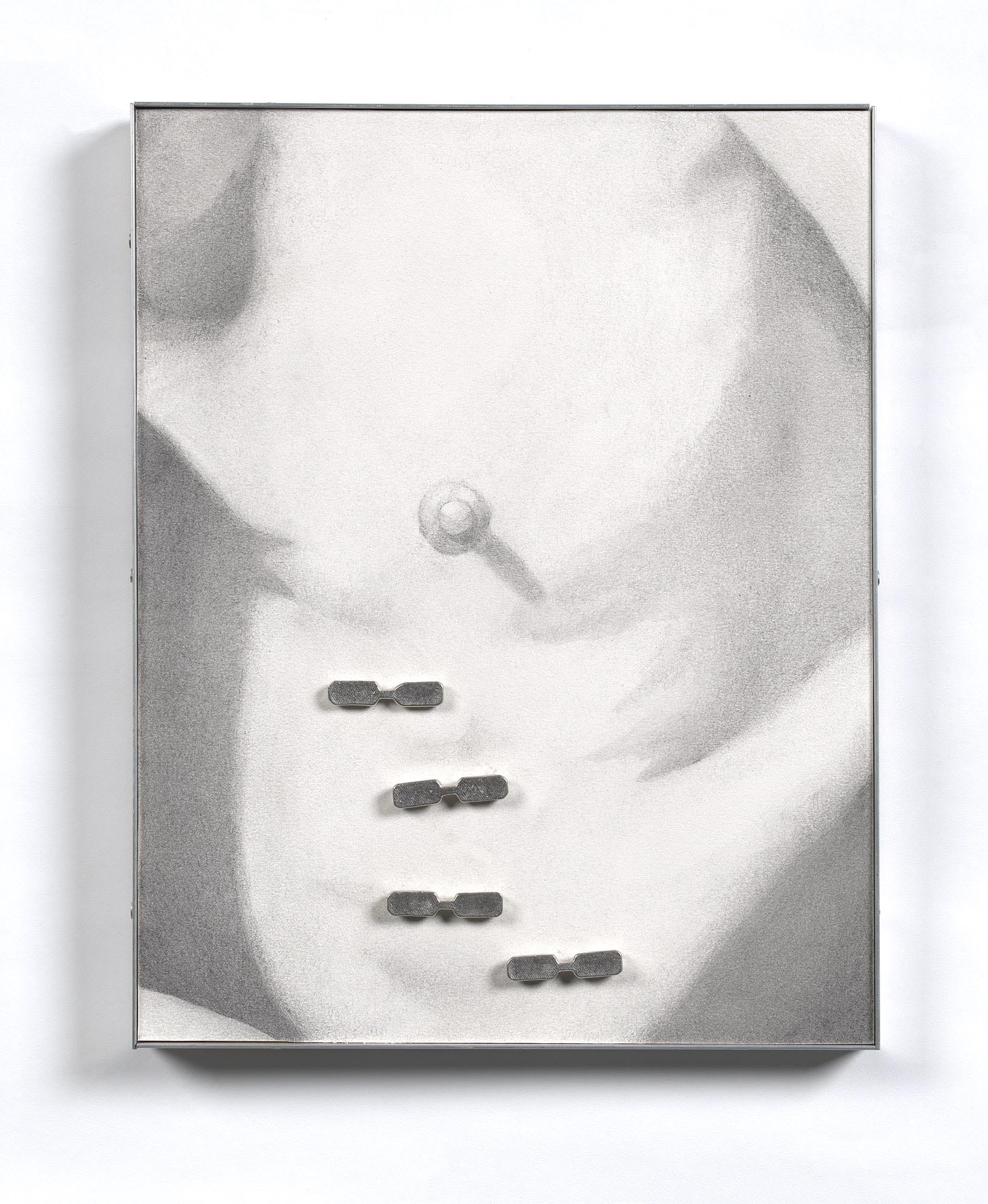
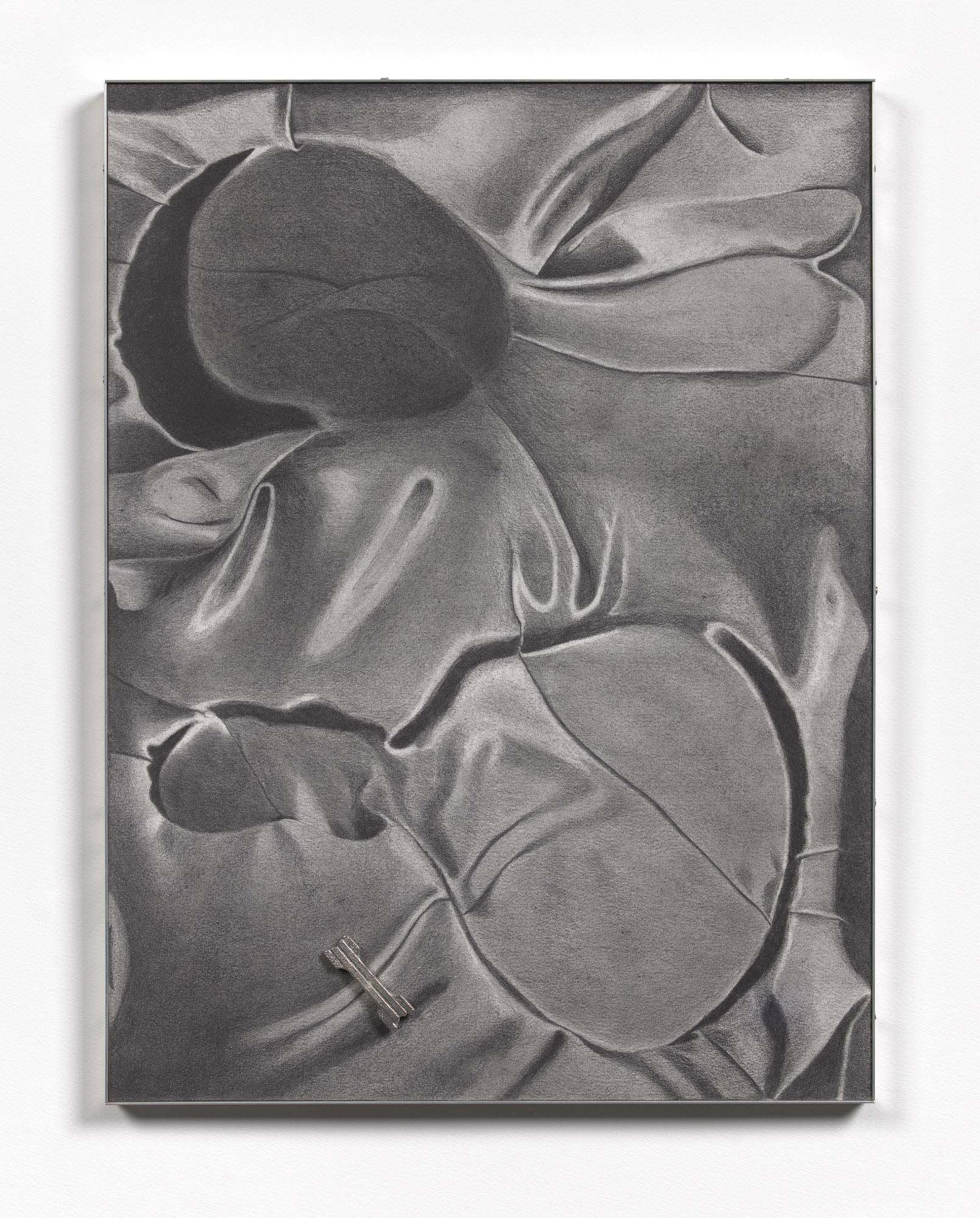
Do you work on distinct projects or do you take a broader approach to your practice?
A mixture. When I was in grad school, I got the feedback in the final critique of my first year that my installation looked like a group show (even though all the work was created by me). A fairly accurate roast at the time, I think that aspect continues to be a strength and kryptonite of my practice. During school, there is a generative (and also slightly desperate) tenor of excitedly trying on different approaches to making if you go into it while you are still forming as a person. I think we all have split personalities to a certain extent, and there are infinite ways that a concept can be materially manifested.
Rather than shoe-horning an idea into a particular process, I often develop processes and material approaches to fit my ideas. I still get really excited about learning new skills, but in the years following school, I’ve been able to stick with my ideas and materials longer to let things marinate and evolve, which I think makes my ideas and approach (slightly) more legible to the outside world.
I think that there is a sweet spot where you are comfortable enough with a material approach or system you’ve developed to experiment productively within the constraints that you’ve set for yourself and really explode an idea, but not so comfortable that things become wrote. Whether or not I’m working on a larger series, I always have projects that fit outside of the realm of that—things that I just can’t help but fabricate. It’s more often than not a matter of reeling myself in.
I was really inspired by seeing Tauba Auerbach’s retrospective at SFMoMA in 2022. She’s used so many different materials and approaches (hand lettering, glass, painting), but yet the ideas that she has grappled with over time actually coalesce in a way that makes perfect sense. It gave me hope that if you just stay the course and keep pursuing concepts that are generative to you, the throughline of your work will become increasingly legible over time.
What’s a typical day like in your studio?
Days are rarely typical, but I try to have multiple projects cooking at various different speeds/levels of engagement so that there is always something that’s easy to approach when I’m in the studio. Especially if you are juggling other jobs (for me teaching and other freelance work), you have to make it as easy as possible for yourself to jump in. For example, I have multiple small drawing series that I can work on in a very quick amount of time. These quicker sketches become a sort of rolodex or lexicon that I can reference later if I want to linger with an idea. If I need to give my brain a break, I might work on creating a mold or casting metal pieces for other finished drawings.
Who are your favorite artists?
Adam Milner, Lorraine O’Grady, Liz Magor, Fin Simonetti, Shana Moulton, Vija Celmins, Robert Gober (there are so many others, but I’ll try and keep it concise). I would also be remiss if I didn’t mention some of my favorite artists/mentors from school (California College of the Arts): Sam Vernon, Aspen Mays, Josh Faught, and Kota Ezawa. And lastly, all my peers from school, especially the ones that I still talk about art with all the time, Nkiruka Oparah, Evan O’Neal Kirkman, Ava Morton and Tamara Suarez Porras.
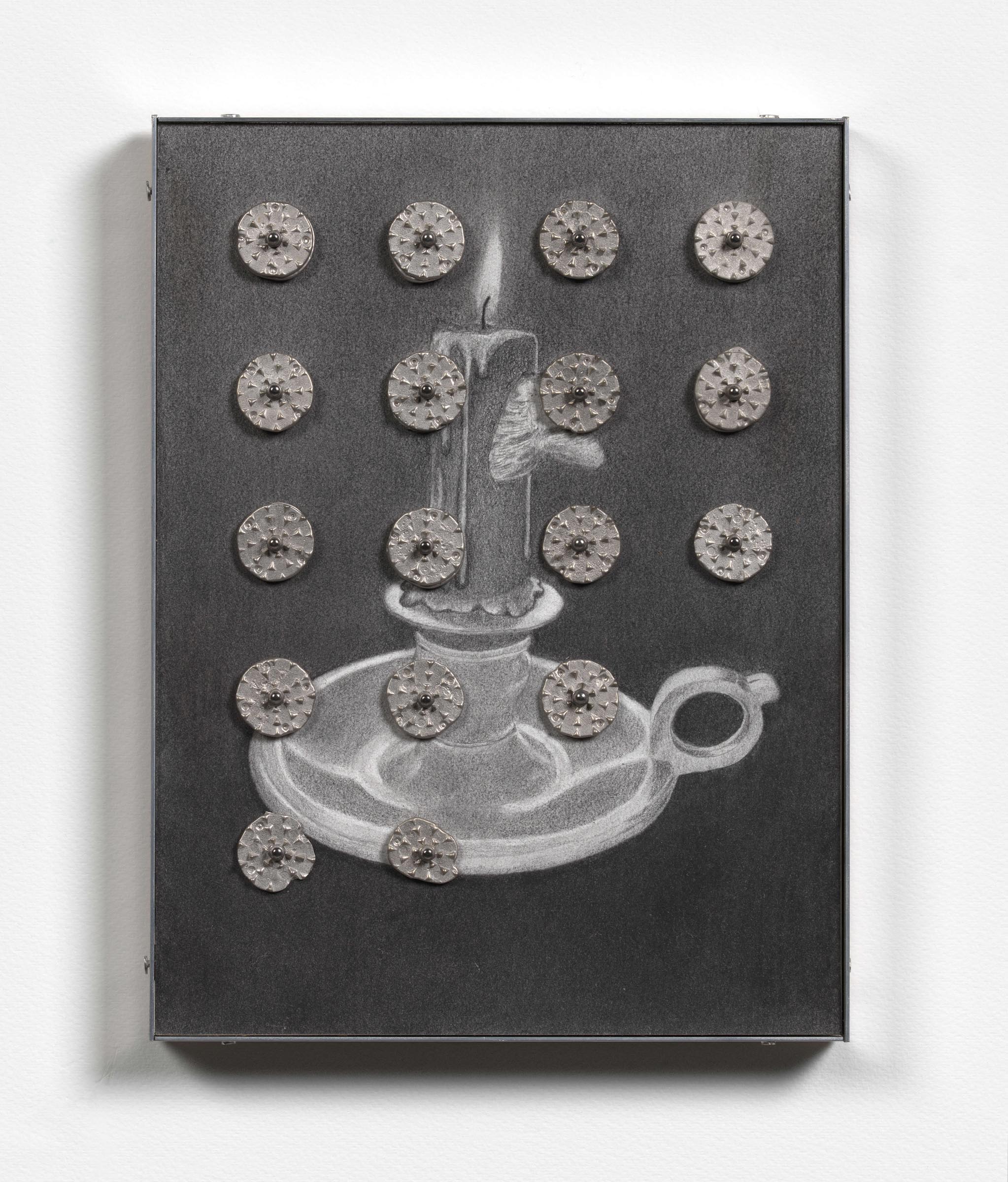
Where do you go to discover new artists?
I sometimes write exhibition reviews for a local publication, 48 Hills–this is a great way for me to be in touch with what shows are going on in the Bay, get out there and experience new work in the flesh. Online I usually look at Contemporary Art Daily. I’m pretty much logged off of social media (I have an instagram account but it functions more like a landing page as I don’t keep the app on my phone), and I can’t recommend that highly enough. I am equally excited by things I see out in the world, advertisements, detritus on the street, fabrication ideas from industrial contexts, books and information as well as modes of display from other disciplines and fields outside of art.
Learn more about the artist by visiting the following links:



